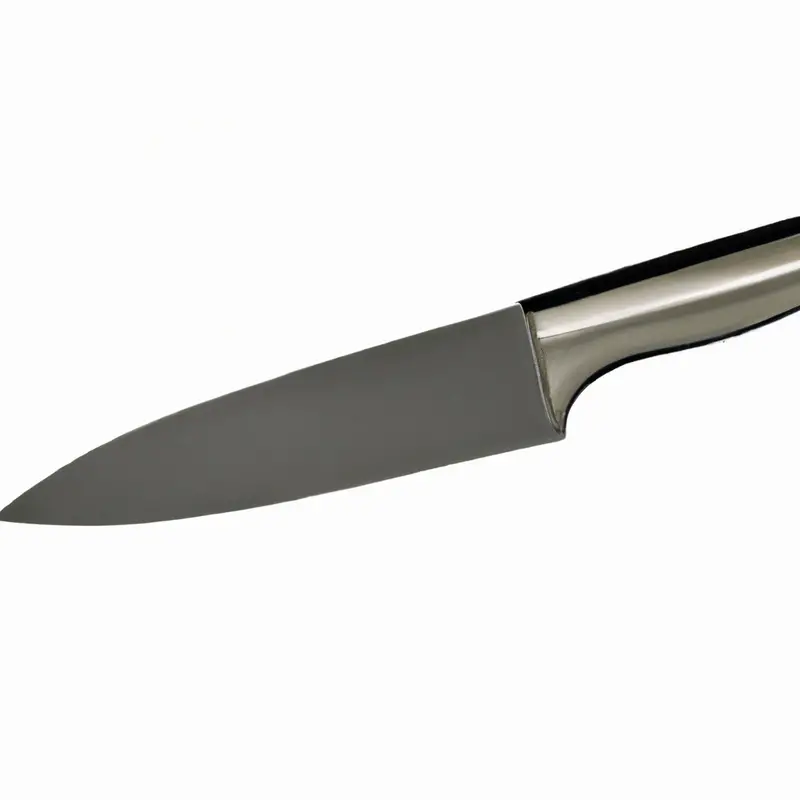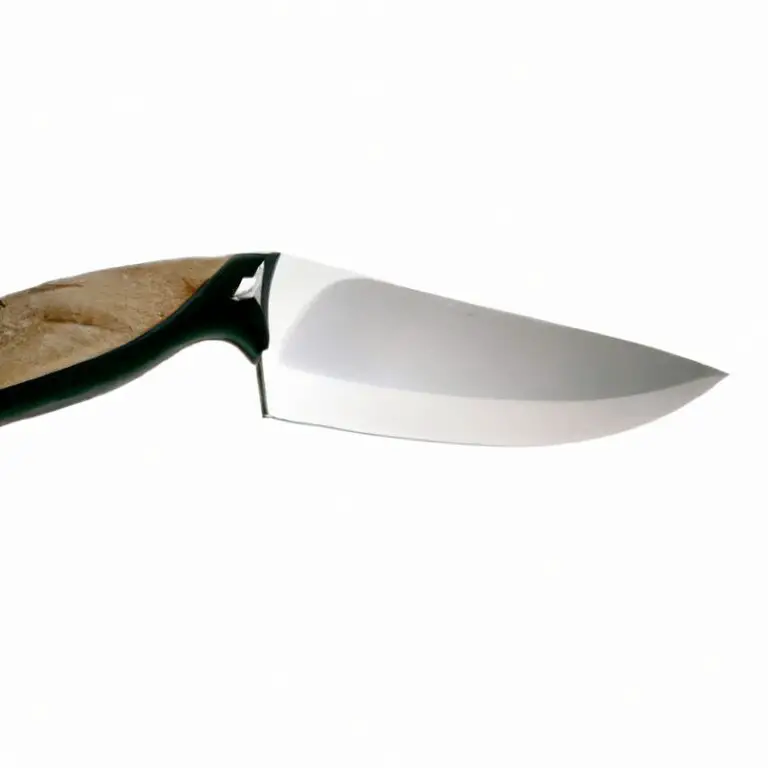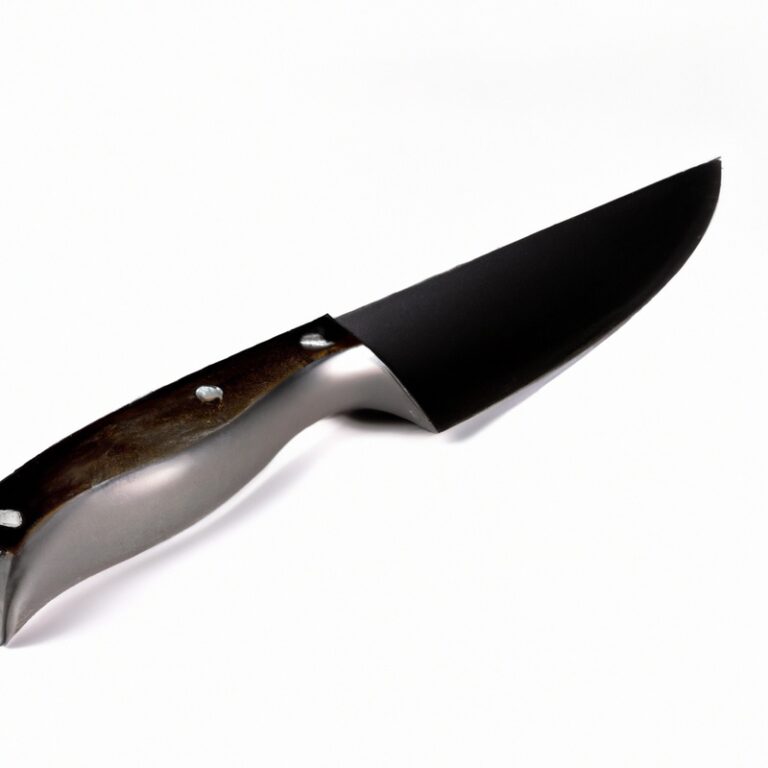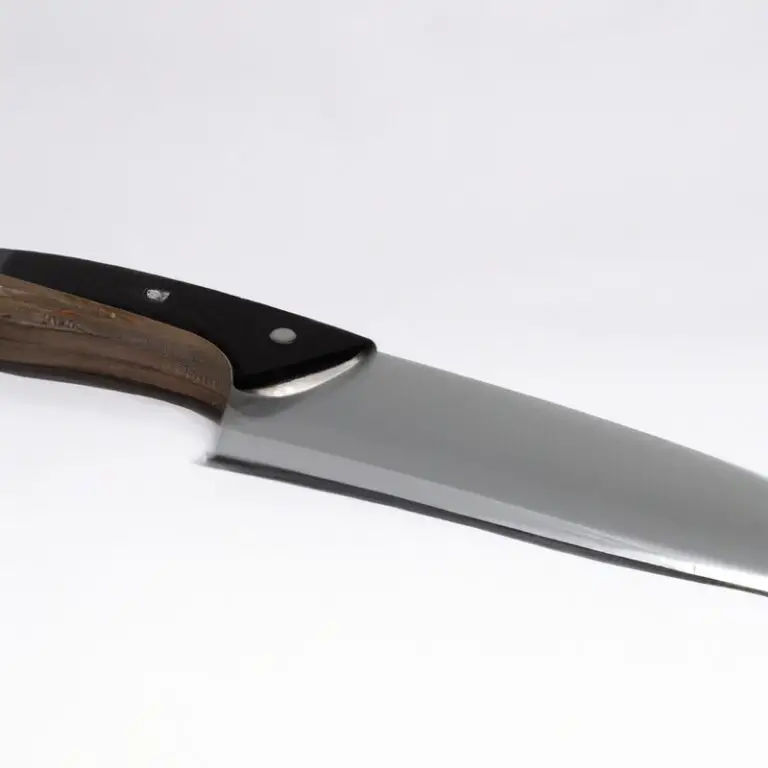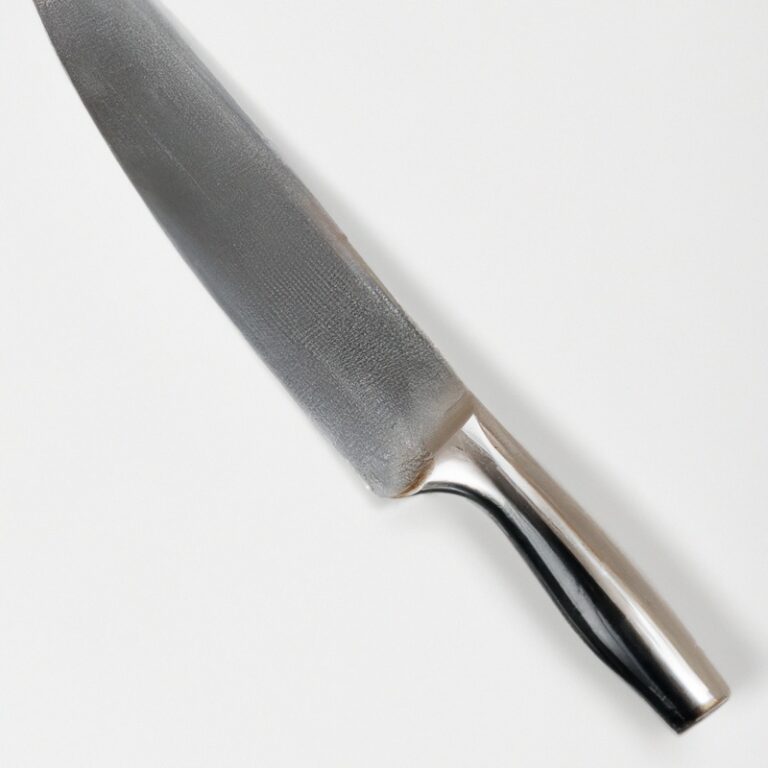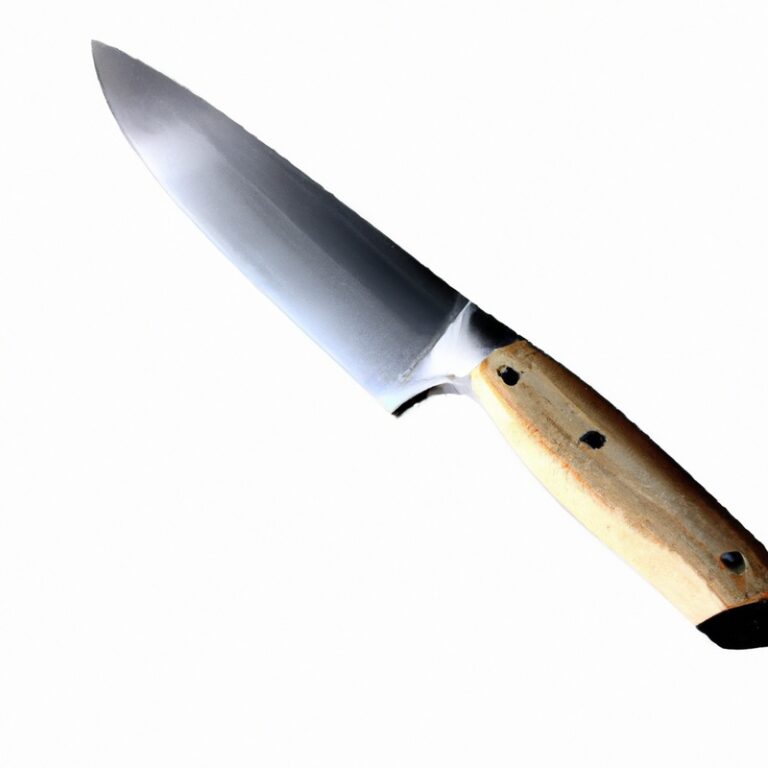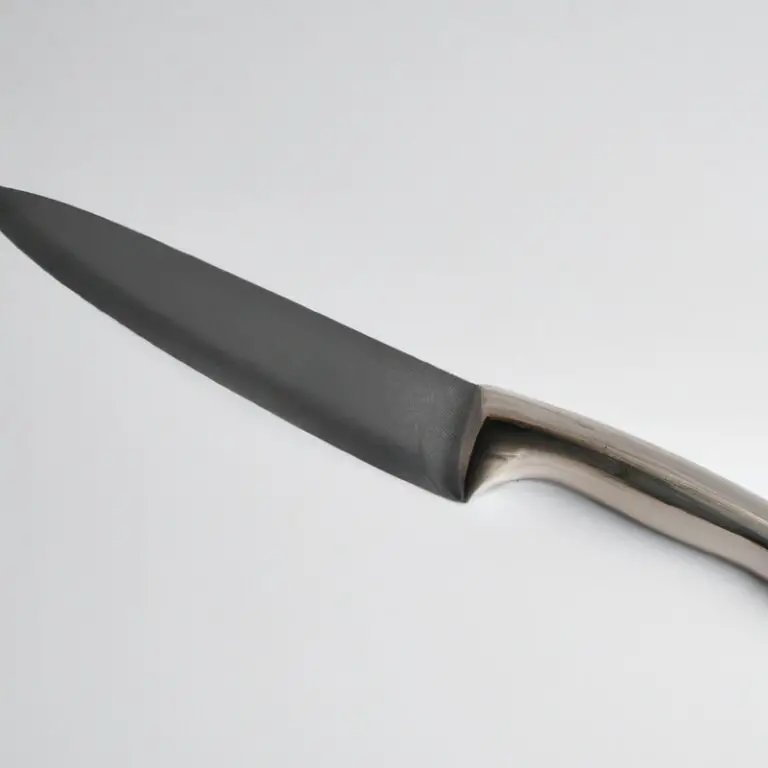How To Fillet a Cobia Using a Fillet Knife Like a Pro?
Key Takeaways:
- Using a sharp fillet knife is essential for filleting a cobia effectively and safely.
- Start the filleting process by making an incision behind the fish’s gills and follow the backbone to remove the first fillet.
- To remove the second fillet from the cobia, flip the fish over and repeat the process on the other side.
- With practice and patience, anyone can learn how to fillet a cobia using a fillet knife.
Are you a fishing enthusiast looking to turn your catch into a delicious meal? Filleting a cobia is a simple process that can be done easily if you have the right tools and know-how.
However, without proper preparation and technique, it can be dangerous and difficult.
In this article, I’ll guide you through the necessary steps to fillet a cobia using a fillet knife, including choosing the right knife, safety precautions, cleaning and prepping the fish, filleting techniques, and tips for skinning and deboning. By the end of this guide, you’ll have the knowledge and skills to turn your cobia catch into a mouth-watering meal.
Choose the Right Fillet Knife for Cobia
Choosing the right fillet knife for Cobia is crucial for successfully filleting the fish. A high-quality fillet knife with a sharp, flexible blade that suits your hand will make the process easier and safer.
When selecting a fillet knife for cobia, look for a blade that is at least 7 inches long, thin, and flexible.
This length ensures that the blade is long enough to handle the fish’s size, while the thinness and flexibility allow the blade to move around the body seamlessly and cut through the meat like butter. It is also essential to consider the handle of the knife.
Choose a handle that is comfortable in your hand and provides a secure grip, even when it’s wet.
A good handle will prevent the knife from slipping, thus reducing the risk of injury. Finally, ensure that the blade is made from high-quality stainless steel, which not only lasts longer but also resists corrosion.
A dull or rusty blade could ruin the fillet and compromise the fish’s taste.
Investing in a high-quality fillet knife may seem like an unnecessary expense, but it pays off in the long run. With the right fillet knife, you’ll be able to fillet Cobia with ease, ensuring that each fillet is of the highest quality.
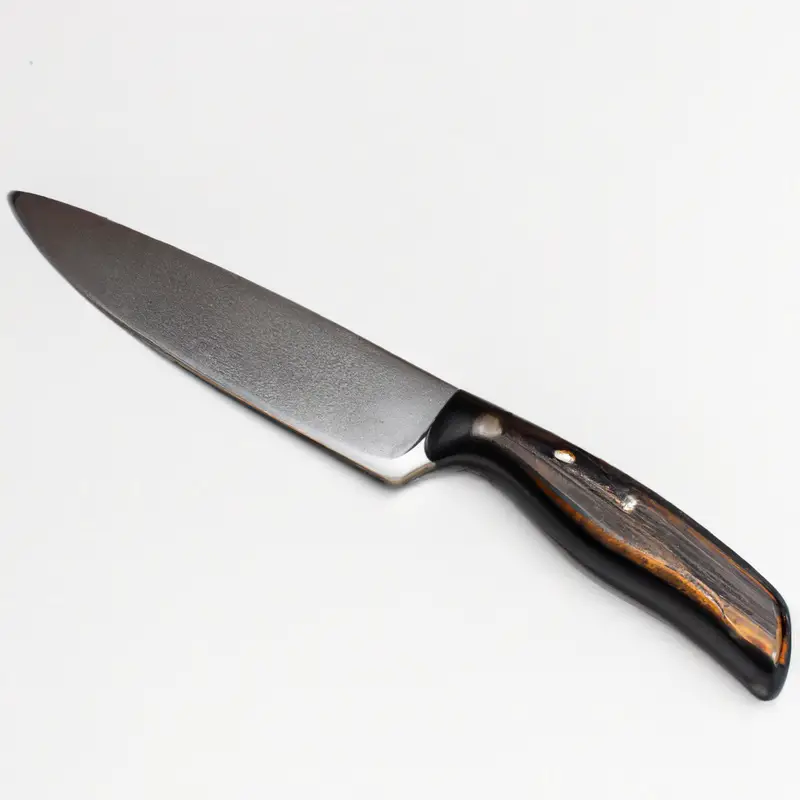
Safety Precautions to Take Before Filleting Cobia
Before filleting a cobia, it’s crucial to take some safety precautions to prevent any injuries. These are the safety measures you should take:
- Wear protective equipment like cut-resistant gloves and eye protection to shield yourself from injury.
- Make sure your knife is sharp and properly maintained to prevent slips that may lead to cuts.
- Clear the work area of any obstacles and keep it dry to prevent slips.
- Grip the fish firmly and ensure that it’s stable on the cutting surface.
- Avoid filleting fish near other people to avoid hitting anyone with the knife accidentally.
- Cut away from your body to prevent injuries from the blade.
By taking these safety precautions before filleting cobia, you can ensure a safe and enjoyable fish filleting experience.
Cleaning and Prepping the Cobia for Filleting
Before you start filleting your Cobia, you need to clean and prep it properly. The first step is to rinse it under cold running water to remove any dirt or debris.
You can also use a clean towel or paper towel to pat it dry.
Next, you need to remove the scales from the fish. You can use a scaler or the back of a knife to scrape the scales off.
It’s important to note that you should always scale the fish before cutting into it to avoid spreading germs or bacteria.
After scaling, you can gut the fish by making a cut along the underside, from the anal vent to the gills. Remove all the entrails and rinse the fish again to ensure all the debris is removed.
Finally, you can remove the fillets by making a cut behind the gills to the backbone, then continuing along the backbone until you reach the tail.
Flip the fish over and repeat on the other side. Ensure your workspace and utensils are clean and sanitize them properly to avoid any contamination.
Now you’re ready to start filleting your Cobia!
How to Remove the Head and Tail of Cobia
To remove the head of cobia, make a cut right behind the gills to the spine using a sharp fillet knife. Continue cutting until you hit the bones and sever the head from the body.
To remove the tail, cut through the bones at the base of the tail and push down on the tail’s top end while pulling the tail towards you.
This will detach the tail from the body. Once you’ve removed the head and tail, you can proceed to fillet the fish.
Step-by-Step Guide to Filleting Cobia
Step-by-Step Guide to Filleting Cobia:
- Lay the Cobia on its side with the head facing to your left (right, if you are left-handed, and make the first cut just behind the pectoral fin. Cut straight down to the backbone, but do not cut through the backbone.
- Turn the blade and cut along the backbone towards the tail, using gentle sawing motions. Cut as close to the backbone as possible, trying not to lose meat.
- Once you have filleted one side, repeat the process for the other side of the Cobia.
- Use a fillet knife to remove the skin by sliding the blade between the flesh and the skin with the blade angled slightly upward.
- Using your fingers, locate the rib bones and carefully cut them away from the flesh using a sharp knife.
- Finally, remove any remaining pin bones along the center of the fillet by slowly and carefully pulling them out one by one using tweezers or pliers.
With these steps, you can properly fillet a Cobia and remove any bones or skin, leaving behind a clean and delicious piece of fish.
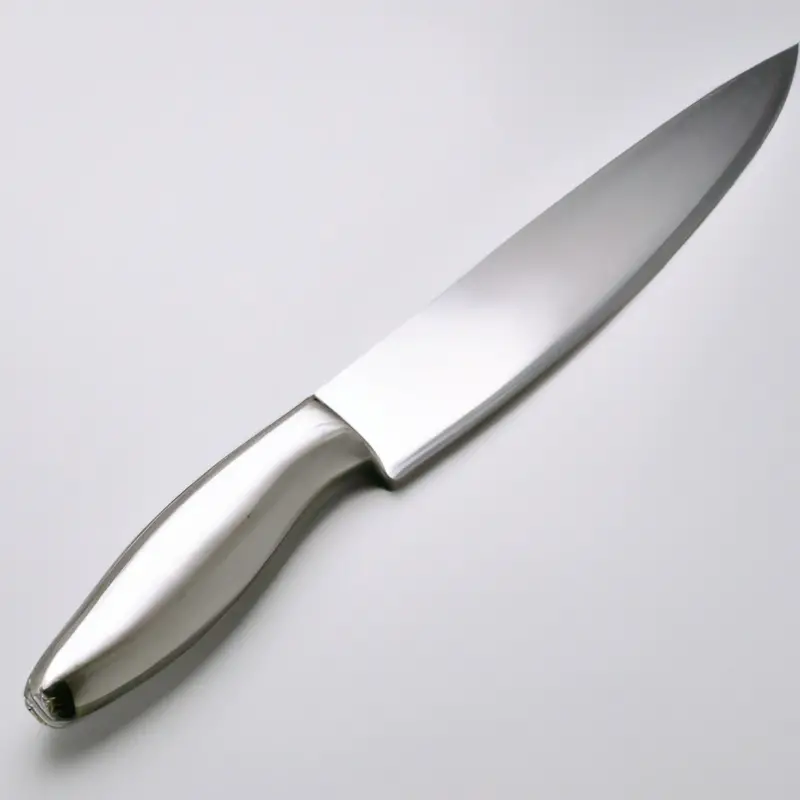
Tips for Removing the Skin of Cobia
Removing the skin from Cobia can be a bit challenging, but with some tips, you can make it less daunting. Here are some ways to remove the skin from Cobia:
- Make sure your knife is sharp. A dull knife will make it tougher to remove the skin.
- Begin by cutting a small incision through the skin at the base of the fillet. Make sure you have a firm grip on the skin.
- Use long, smooth strokes to move the knife along the skin as you gently pull the skin away from the flesh. Do not cut too deep as it can affect the quality of the fillet.
- If there are still some stubborn bits of skin that won’t come off, use a paper towel to grip the skin and gently peel it back.
- As you remove the skin, make sure to remove any bones that may still be attached to the skin. It’ll save time and keeps your fillet from looking untidy.
By following these tips, you can remove the skin from Cobia more efficiently, resulting in a better-looking and tastier fillet.
How to Remove the Rib Bones of Cobia
To remove the rib bones of Cobia, start by making a cut behind the rib cage with your fillet knife. Then, angle the knife and follow along the bones, cutting the ribs away from the fillet until you reach the end.
Repeat this process on the other side of the fish.
Be sure to discard the rib bones after removal. Removing the rib bones will give you a clean and boneless fillet of Cobia for cooking.
Removing the Pin Bones from Cobia Fillet
Removing the pin bones from a cobia fillet is a crucial step in ensuring a top-quality cooking experience. To remove the pin bones, use a pair of tweezers to grab onto the bone and pull it out gently in the direction it’s pointing.
Be sure to work slowly and methodically to avoid tearing or damaging the flesh of the fillet.
It’s essential to remove all visible bones, including the smaller ones that may be harder to spot. Once you’ve removed the pin bones, you’re ready to cook your cobia fillet to perfection.
Properly Storing Cobia After Filleting
After filleting your cobia, it is important to properly store the fish to maintain its freshness and prevent spoilage. The best way to store cobia is by placing it in an airtight container or bag and keeping it in the refrigerator at a temperature below 40°F.
It is recommended to consume the fish within 2 to 3 days of filleting to ensure its quality.
Alternatively, you can also freeze the cobia fillets for longer storage. Wrap the fillets tightly in plastic wrap or aluminum foil and place them in a freezer-safe container or bag.
Be sure to label the container with the date of filleting to keep track of freshness.
Frozen cobia can last up to 4-6 months. Avoid storing cobia at room temperature or leaving it out for an extended period of time as this can lead to bacterial growth and spoilage.
Always handle and store fish properly to ensure its safety and quality for consumption.
Cooking Techniques and Recipes for Cobia Fillets
Cooking Techniques and Recipes for Cobia Fillets: Cobia fillets are versatile and can be cooked in various ways, from grilling to baking and frying. Before cooking, it is recommended to season the fillets with herbs and spices to enhance their flavor.
Some popular cooking techniques and recipes for cobia fillets include:
- Grilling: Brush the fillets with olive oil, lemon juice, salt, and pepper. Preheat the grill to medium-high heat and cook for 3-4 minutes per side or until the fish is opaque and flaky.
- Baking: Preheat the oven to 400°F. Place the fillets on a greased baking dish and add your preferred seasoning. Bake for 10-15 minutes or until cooked through.
- Frying: Bread the fillets with seasoned flour or breadcrumbs. Heat a frying pan with vegetable oil and fry the fillets for 2-3 minutes per side or until golden brown.
- Ceviche: Cut the cobia fillets into small cubes and marinade them with lime juice, diced onions, tomatoes, jalapenos, and cilantro. Let it sit for a few hours in the fridge and serve chilled.
- Tacos: Season the fillets with chili powder, garlic, and cumin. Grill or pan-sear the fillets and serve with tortillas, diced tomatoes, avocado, and lime wedges.
With these cooking techniques and recipes, you can enjoy the delicate and buttery taste of cobia fillets in different ways. Remember to always cook the fish thoroughly and use fresh ingredients for the best results.
Final Verdict
Filleting a cobia using a fillet knife can be a daunting task for some. However, with the right tools, safety precautions, techniques, and tips, it can be done with ease and precision.
The key is to invest in a high-quality fillet knife that is suitable for cobia, follow safety precautions before and during filleting, clean and prep the fish properly, and follow the step-by-step guide for filleting cobia.
Remember to remove the head, tail, skin, rib bones, and pin bones correctly and store the fillets adequately for later use. With these steps and tips in mind, you can enjoy your cobia fillets in various cooking techniques and recipes.
By consistently following these expert recommendations, you can become confident in your ability to fillet cobia and other fish species with precision and skill.
So grab your fillet knife, and let’s get started!

